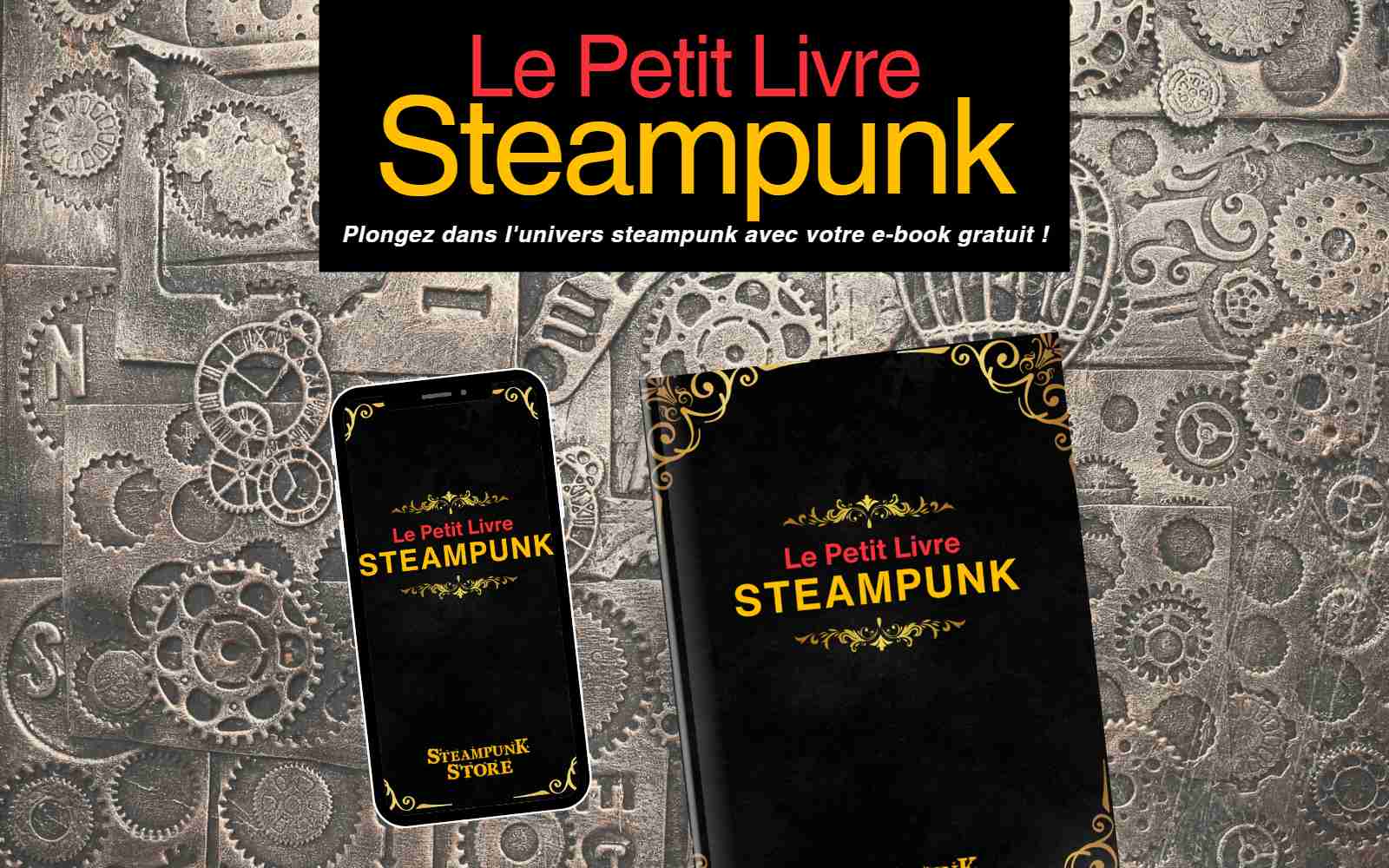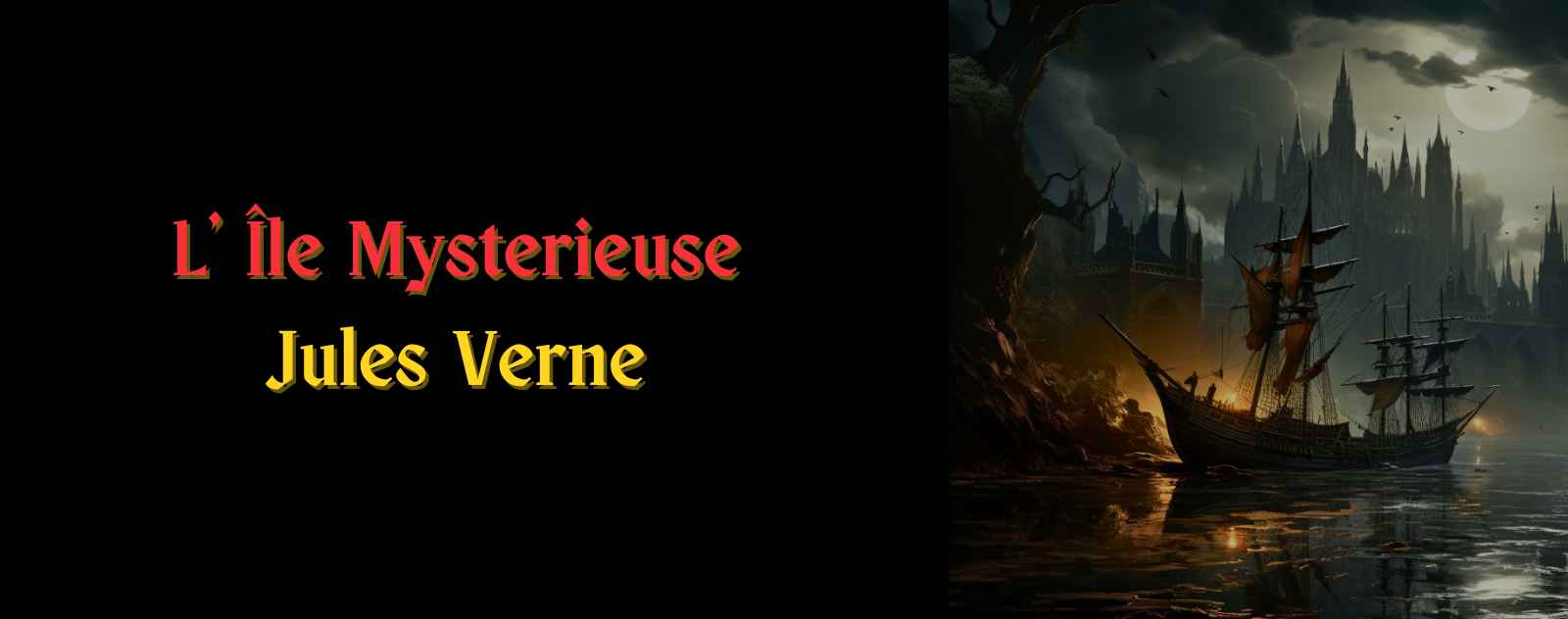
Our temporal expedition focuses on those remarkable decades preceding 1987, when K.W. Jeter's linguistic innovation first graced the printed page. There existed an epoch when literary and cinematic works could have been seamlessly integrated into the steampunk universe, yet they possessed the chronological misfortune of emerging before this terminological watershed. Even Jeter himself, with characteristic scholarly humility, acknowledges the pre-existence of the aesthetic he so aptly christened.
Definition of Proto-Steampunk
Proto-steampunk encompasses those visionary works of Victorian science fiction and their subsequent adaptations that, while predating the genre's formal designation, established the fundamental aesthetic and thematic parameters of what we now recognize as steampunk. These foundational texts, primarily from the Industrial Revolution era, explored alternative histories and technological possibilities through the lens of steam-powered innovation and retrofuturistic imagination.
As Jeter eloquently articulates on his digital archive: "Here's the paradigmatic truth: I didn't invent steampunk. But I did happen to craft the lexical designation 'steampunk.' The creative ecosystem of Victorian-themed fantasy and speculative fiction possessed its own organic vitality, and if my terminological contribution became the common nomenclature, I am genuinely flattered. Yet this literary universe would persist, thriving with or without such taxonomical precision."

The Epistemological Boundaries of Retro Futurism
As we have established in our previous scholarly investigations, delineating the precise parameters of steampunk presents considerable intellectual challenges. The question that frequently emerges in academic discourse is both provocative and fundamental: Can Victorian-era science fiction be authentically classified as "steampunk"?
My scholarly position on this epistemological conundrum is decidedly negative—a resounding rejection that I am nonetheless prepared to reconsider given compelling counterarguments. The reasoning undergirding this perspective operates on several analytical levels.
The "scientific romances" (as these narratives were designated by their contemporaries) crafted by visionaries such as Jules Verne and H.G. Wells were fundamentally forward-looking enterprises. These authors constructed speculative futures they genuinely believed—or hoped, or feared—might materialize through technological evolution. Steampunk, conversely, operates through a retrospective lens, examining a technological trajectory we have intellectually and culturally transcended.
Contemporary steampunk works frequently employ Industrial Age archetypes and narrative conventions not merely for aesthetic pleasure, but to articulate sophisticated critiques of historical and contemporary social formations. This critical dimension fundamentally distinguishes them from their Victorian predecessors, which were embedded within their historical moment rather than commenting upon it from temporal distance.
Key Characteristics of Proto-Steampunk Literature
⚙️ Forward-Looking Optimism: Victorian authors genuinely believed in technological progress and human advancement.
🔬 Scientific Plausibility: Stories were grounded in contemporary understanding of natural laws and engineering possibilities.
🚂 Steam Technology: Central role of steam power as the driving force of civilization and exploration.
🌍 Imperial Context: Narratives often reflected and reinforced colonial attitudes and expansionist ideologies.
📚 Educational Mission: Many works aimed to popularize scientific knowledge and technological literacy.
The Steam Age as Retrofuturistic Foundation
The most treasured literary productions of the steam age frequently underwent theatrical metamorphosis even during their creators' lifetimes. Consider, for instance, Robert Louis Stevenson's "The Strange Case of Dr. Jekyll and Mr. Hyde," which achieved stage adaptation merely one year following the novella's initial publication. Stevenson attended this theatrical interpretation and departed in considerable agitation.

In Stevenson's original manuscript, he deliberately maintained ambiguity regarding the precise nature of Jekyll's moral corruption—the "evil" that manifested through Hyde's persona. The theatrical adaptation, however, required visual specificity, transforming Hyde into a conventional libertine. Stevenson's dismay stemmed from this reduction of his complex moral allegory into crude theatrical sensationalism.
This adaptive tension illuminates a crucial principle: while literary ambiguity serves sophisticated narrative purposes, visual media demands concrete representation. The inevitable result transforms subtle philosophical investigations into more accessible, yet potentially diminished, entertainment. The original texts invariably possess greater "punk" authenticity—more subversive edge—than their mainstream adaptations.
Perpetually Revisited Steampunk Universes
While this positioning might seem counterintuitive, I locate numerous adaptations of nineteenth-century classics more firmly within the steampunk canon than their source materials. Note the qualifier "more firmly"—these adaptations don't necessarily achieve complete generic integration, but their transformative nature creates potential for the ideological distortion that distinguishes authentic steampunk from historical science fiction.
Additionally, some examples align more naturally with related anachronistic subgenres such as teslapunk, clockworkpunk, or dieselpunk—readers may reasonably disagree with my taxonomical choices. Nevertheless, these represent crucial early cinematic interpretations of steam age literature, worthy of examination as inspirational sources for later authentic steampunk creators.
Alice in Wonderland: The Logic of Mechanical Nonsense

Lewis Carroll's masterpiece, first published in 1865, achieved cinematic form as early as 1903 in an eight-minute silent film. While technically faithful to Carroll's narrative structure, this adaptation inevitably lacked the linguistic virtuosity and semantic playfulness that constitute the text's essential charm.
The 1931 "talkie" adaptation restored vocal expression to Wonderland, though American actors struggled with authentic British pronunciation. The 1930s witnessed an explosion of Alice fever across theatrical, puppet, and multimedia adaptations throughout the English-speaking world.
Two decades later, Disney Studios produced their thirteenth animated feature, originally conceived in the 1930s but postponed until 1951. This version achieved recognition as one of Disney's finest achievements and perhaps the most successful Alice adaptation ever realized. Few enthusiasts realize that Walt Disney had previously created an "Alice Comedies" series in the early 1920s, establishing his lifelong fascination with Carroll's mathematical fantasies.
Around the World in 80 Days: Global Mechanical Odyssey
The early cinematic adaptation of this Jules Verne adventure surprised me given the logistical complexity of multiple international locations. Verne's 1873 original inspired a 1919 German adaptation—despite global warfare, Germany remained a cinematic powerhouse during the early twentieth century.

The more familiar 1956 Disney version took considerable creative liberties, most notably adding a Spanish sojourn and concluding with Phileas Fogg's arrival via hot air balloon. While absent from Verne's text, this aerial conclusion likely references his 1863 work "Five Weeks in a Balloon," demonstrating the growing interconnectedness of Vernian technological mythology. To accommodate these additions, the lengthy Mormon subplot was judiciously eliminated.
The Mysterious Island: Evolutionary Adaptations
The 1929 inaugural film adaptation, while sharing Verne's title, bore minimal resemblance to the source material. Functioning more as a "Twenty Thousand Leagues" prequel, it featured Captain Dakkar (rather than Nemo) dying as in Verne's original. This version was presumed lost until a Prague archive discovery and restoration in 2013.
The 1941 Soviet production maintained much greater fidelity to Verne's text. Columbia Pictures' 1951 English-language serial, however, couldn't resist adding extraterrestrial inhabitants from Mercury alongside the canonical pirates and natural disasters. The additional plotline was accommodated through the serial format's expansive 250-minute total runtime.
20,000 Leagues Under the Sea: Nuclear Nautilus
Perhaps the most influential Vernian film adaptation, the 1954 version significantly modernized the technological foundation. Rather than Verne's chemical-electrical system, Captain Nemo's Nautilus operates via nuclear reactor—reflecting 1950s atomic enthusiasm rather than any deficiency in Verne's original science.

The film also amplifies the giant squid encounter far beyond its textual significance. This adaptation represents a crucial turning point in public perception of Vernian aesthetics—the emergent steampunk visual language begins reshaping our understanding of the original works through retrofuturistic interpretation.
Journey to the Center of the Earth: Subterranean Conspiracies
Verne's 1864 narrative—essentially an eccentric uncle-nephew team following ancient directions through terrestrial tunnels—gained murder and conspiracy elements in its 1959 adaptation. Rival factions attempt to prove geological theories through increasingly violent means, transforming scientific exploration into thriller territory.
Early Novels Retroactively Classified as Steampunk
Ronald C. Clark, primarily known for mountaineering literature and historical biographies of figures like Charles Darwin and Sigmund Freud, published what many scholars consider the first authentic steampunk novel in 1967. "Queen Victoria's Bomb" presents an alternate history wherein Britain develops atomic weapons during the Crimean War—a perfect synthesis of Victorian setting and anachronistic technology.

Michael Moorcock subsequently inaugurated his "Nomad of Time" series, employing time travel—borrowed from H.G. Wells—as the primary narrative mechanism. The series incorporates additional steampunk essentials including dirigibles and alternate histories. The inaugural volume features an Edwardian soldier transported to a parallel universe where the Great War never occurred.
Moorcock's second installment, subtitled "a scientific romance" in homage to its predecessors, engages even more directly with Britain's imperialist legacy. Between the second and third volumes, K.W. Jeter published "Morlock Night" (1979), his sequel to Wells's "Time Machine." The prevalence of temporal mechanics in these proto-steampunk works suggests time travel serves as a crucial gateway for exploring Industrial Age implications and historical counterfactuals.
The Case of Weird West and Cattlepunk

Just as Victorian fantasy (sometimes designated Gaslamp fantasy) functions as a steampunk precursor, the Wild West enriched with retrofuturistic elements constitutes an interconnected genre generating innovative syntheses. For baby boomer generations and earlier, childhood was shaped by romanticized frontier visions interpreted through John Wayne, Clint Eastwood, and Sam Elliott.
These cinematic westerns declined in the 1970s, but television writers began experimental format modification as early as 1964 with "The Wild Wild West". Despite its frontier setting, the title constitutes wordplay based on protagonist James West. Alongside his partner and their gadget-filled wagon, they conduct espionage for Ulysses S. Grant, synthesizing western and spy thriller genres popular during the 1960s.
The series ran four seasons (1964-1969), followed by 1980s television movies "Wild Wild West Revisited" and "More Wild West Revisited." The concurrent decline of cowboy drama and its memorial presence enabled Mel Brooks's 1974 masterpiece "Blazing Saddles"—cinematically significant not merely for its buried commentary on racial intolerance, but as the first film to comprehensively "debunk" cowboy mythology. Brooks simultaneously released "Young Frankenstein," parodying Mary Shelley's gothic science fiction novel.
The Weird West constitutes its own autonomous genre, which I shall not extensively examine here. However, it merits recognition as a steampunk and cattlepunk cousin, demonstrating how retrofuturistic aesthetics permeate multiple historical periods and geographical settings.
Distinguished readers, our intellectual expedition through the pre-history of steampunk reveals the genre's deep temporal roots and complex evolutionary trajectory. These proto-steampunk works established the aesthetic vocabulary, thematic preoccupations, and technological mythology that contemporary creators continue to explore and expand.
From Victorian scientific romances to early cinematic adaptations, from alternate histories to weird westerns, the genealogy of steampunk demonstrates the persistent human fascination with mechanical futures and technological possibilities. Each adaptation, each reinterpretation, each creative transformation adds new gears to the great chronometer of retrofuturistic imagination.
Sources and References
- Jeter, K.W. Personal website archives and interviews on steampunk origins
- Victorian scientific romance literature: comprehensive analysis 1860-1920
- Early cinematic adaptations of 19th-century science fiction
- Academic studies on the evolution of retrofuturistic genres
- Historical analysis of Industrial Revolution technological narratives
Eugénie Vaporette
Curator-Consultant in Steampunk Aesthetics
Specialist in Victorian Technological History











